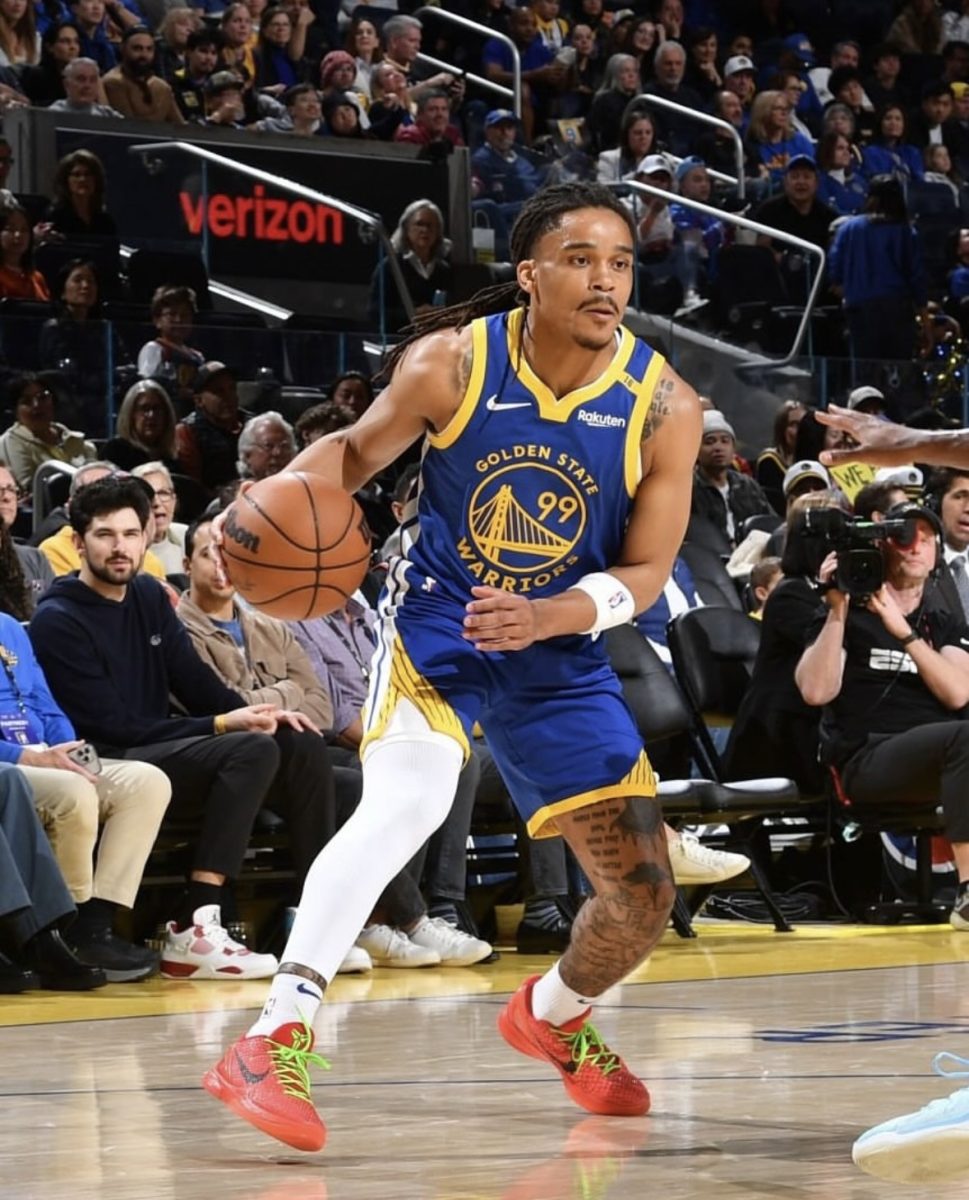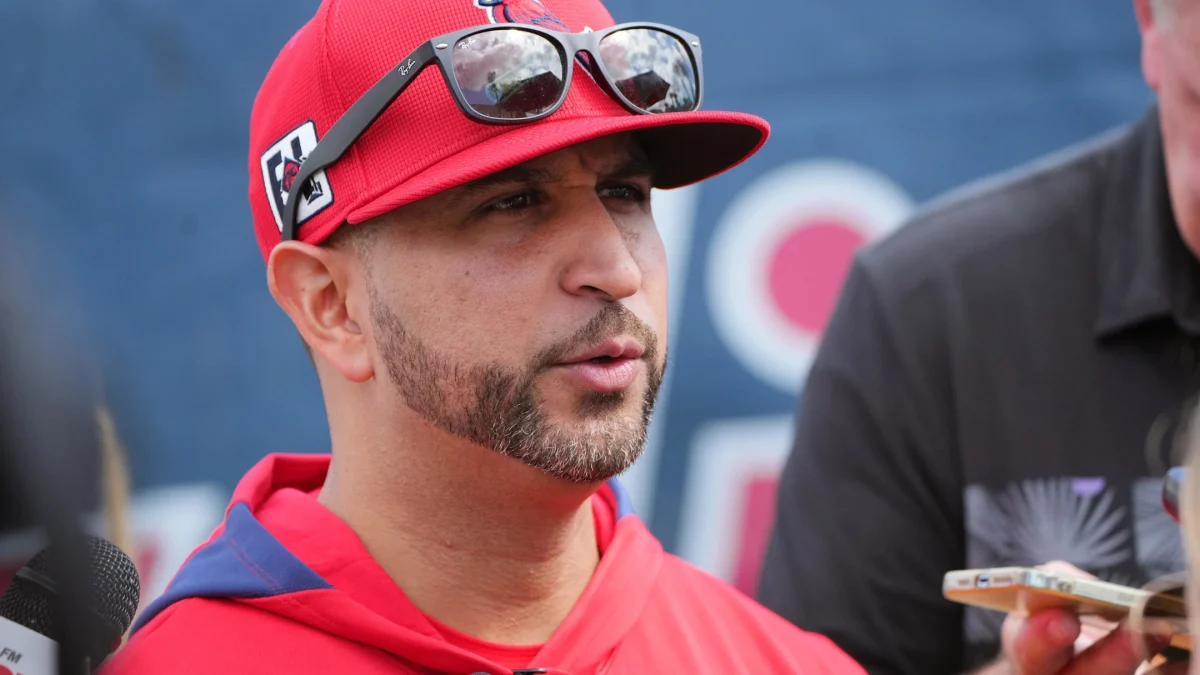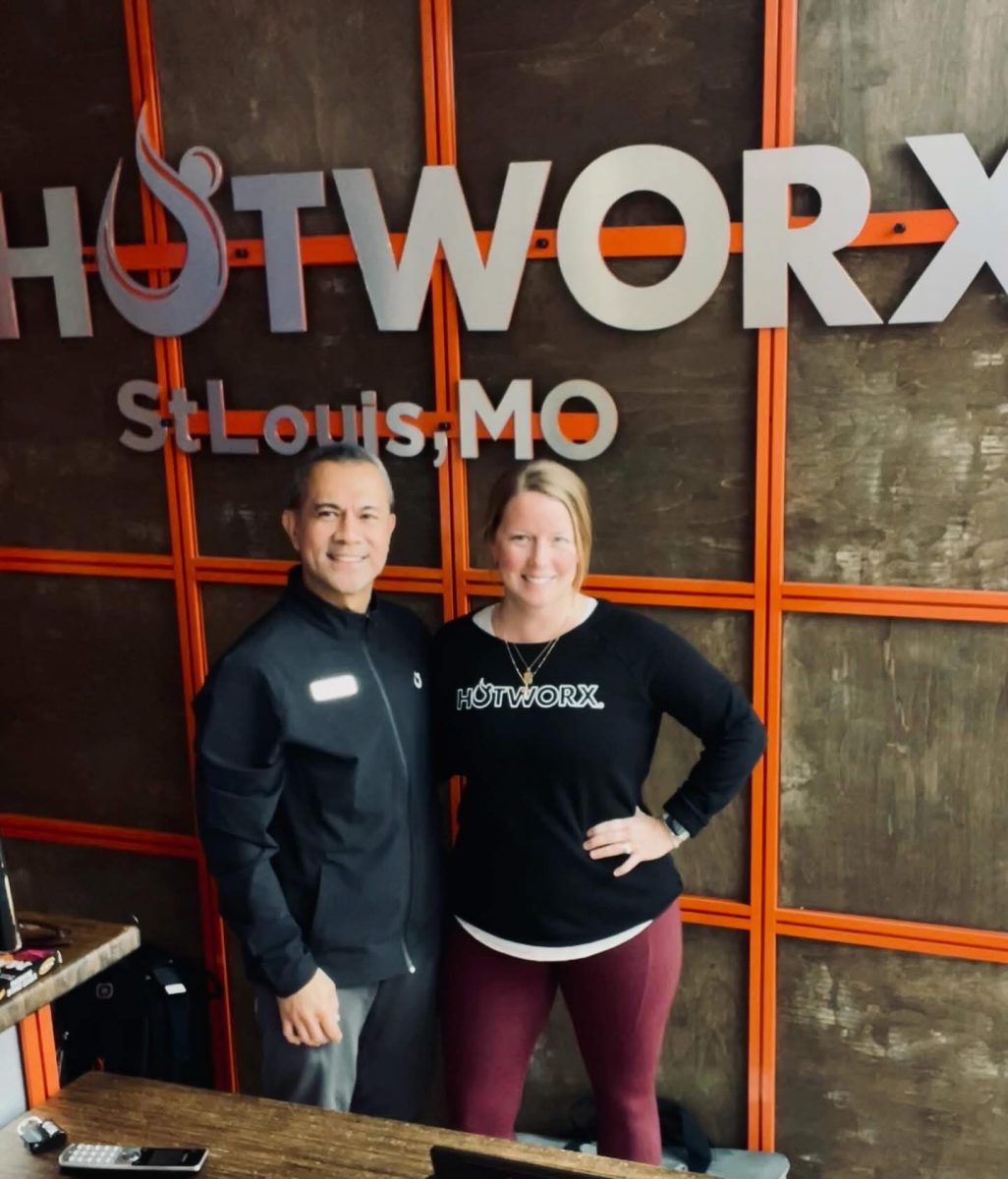The bomb was dropped last Saturday: Saint Louis University is getting an on-campus arena. All I have to say is, ‘It”s about time.’ So now that the dust is settling and the minutiae is starting to be worked out, the one, huge, lingering question remaining is this: Who gets the naming rights?
Contrary to popular belief, naming rights can and will make or break a team. But not how some might think. No, the secret to making the naming rights of a stadium work for the team is to pick the absolute worst corporation you can possibly find and charge them an exorbitant amount of money to be the lucky one that will have their company”s name and logo inwrought on every wall, door, cup and toilet paper dispenser in the new arena. The price they pay for the rights to have their name plastered on the roof of our arena should put them out of business. Seriously, it should put them out of business. That”s how the naming rights to the new arena will make or break the Billiken athletic program. But don”t just take my word for it, look at some examples.
In 1998 PSInet Stadium opened up in front of a capacity crowd of 69,000 wild and screaming Edgar Allan Poe enthusiasts. Three years later, they had themselves a championship. But four years later, they were looking for a new sponsor. Yep, PSInet had gone bankrupt.
To use an anecdote that hits a little more close to home, take the St. Louis Rams. In 1995, the St. Louis Rams played their inaugural season in the TWA Dome. A little more than five years passed and low and behold, the Rams had themselves a Lombardi Trophy. But just two years later, TWA also declared bankruptcy. Now the dome is named the Edward Jones Dome, named after a personal investment firm that shows no signs of pulling an Enron anytime soon. Which brings me to my next example: ENRON!
Enron, an energy company in Texas, owned the naming rights for the Houston Astros” new stadium. And while the Astros never won themselves a title there, they have always been a potent threat in the National League, specifically in the central division, as most Cardinal fans will tell you.
The list goes on. Adelphia Coliseum is where the Tennessee Titans play, and the Titans were the Rams” opponent in the 2000 Super Bowl. Adelphia, a cable television leviathan, also declared bankruptcy shortly after the Titans” title run. CMGI up in New England, where the Patriots play, is on the cusp of filing for Chapter 11 bankruptcy protection also. But this epidemic doesn”t just pertain to outdoor stadiums. It also holds true to arenas, especially ones sponsored by airlines.
The United Center in Chicago is home to the NBA Bulls, who won six championships in the decade of the “90s. But United, a once proud and strong leader in the commercial aviation industry, is now in the middle of post-Sept. 11 bankruptcy proceedings.
And in a story that has a little more of a personal touch to it, the Savvis Center right here in downtown St. Louis (the current home to the SLU men”s basketball team) is sponsored by Savvis Communication, and its stock closed at just under 50 cents a share yesterday.
The point is this: If you want to be a winner, pick a loser. It goes against everything your gambling-addicted Uncle Jed taught you growing up as you watched him crumble while watching the final seconds of a basketball game on TV; but if the powers at be care about SLU and care about Billiken sports, they will search high and low for the most corrupt and self-serving company in the world and take every dime they can get their hands on. I wonder if any former Clinton Administration employees have started any companies in the St. Louis area? It”s something to look into.









